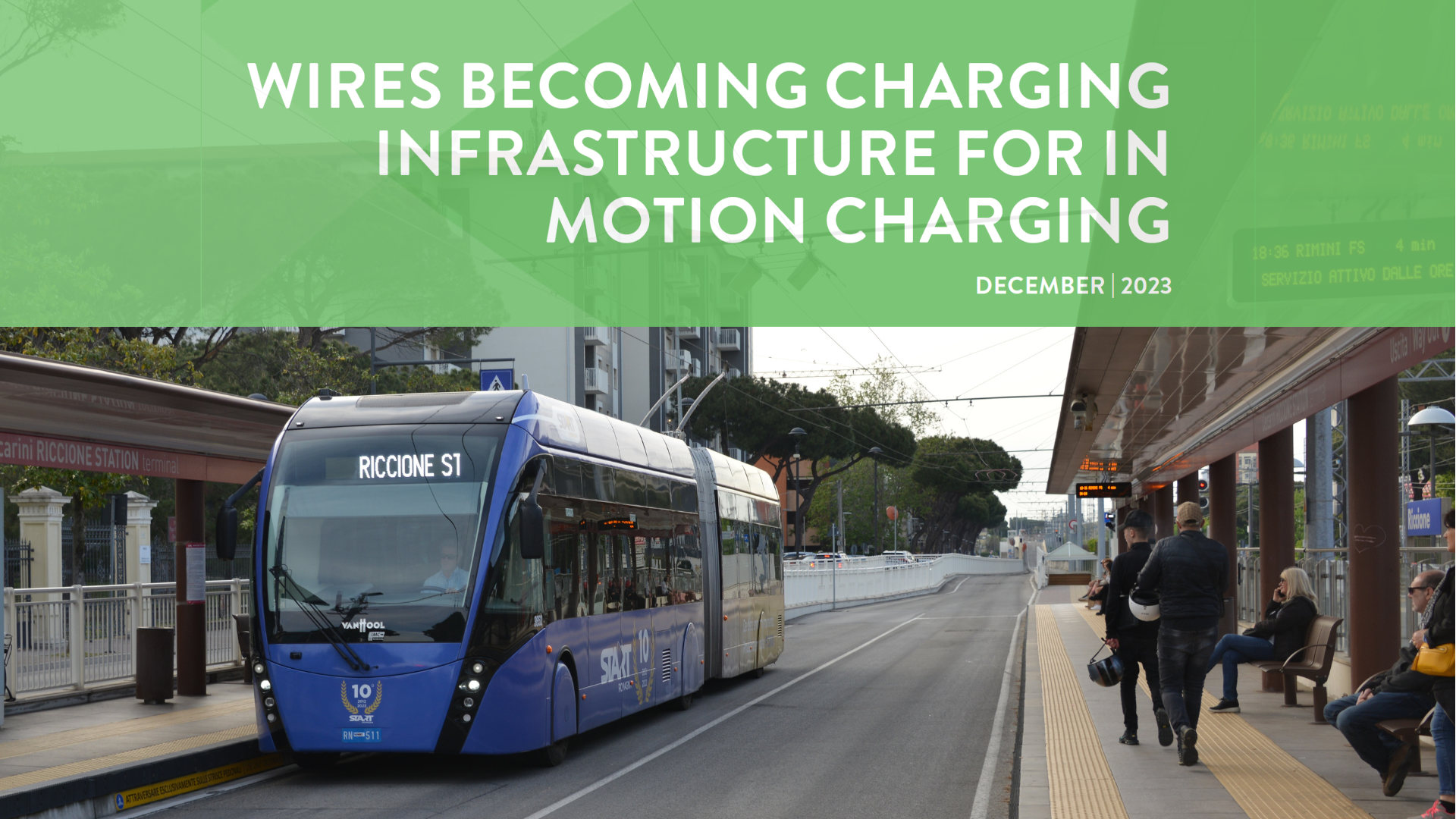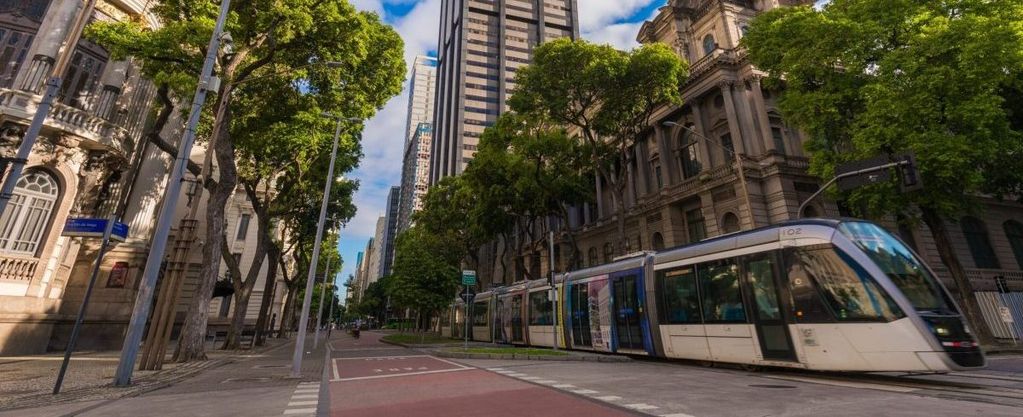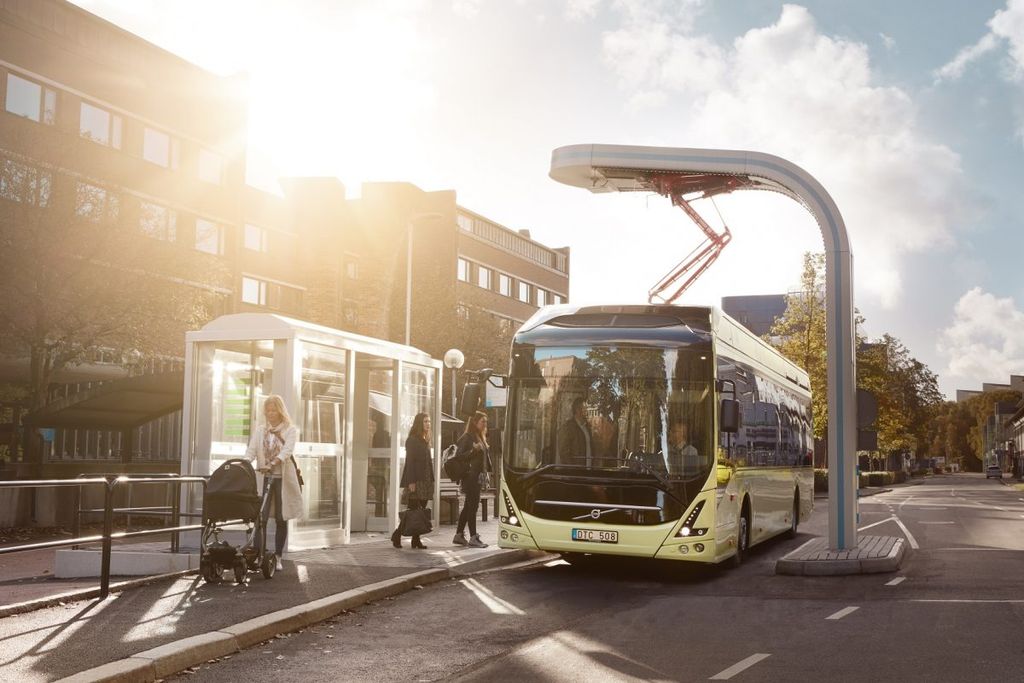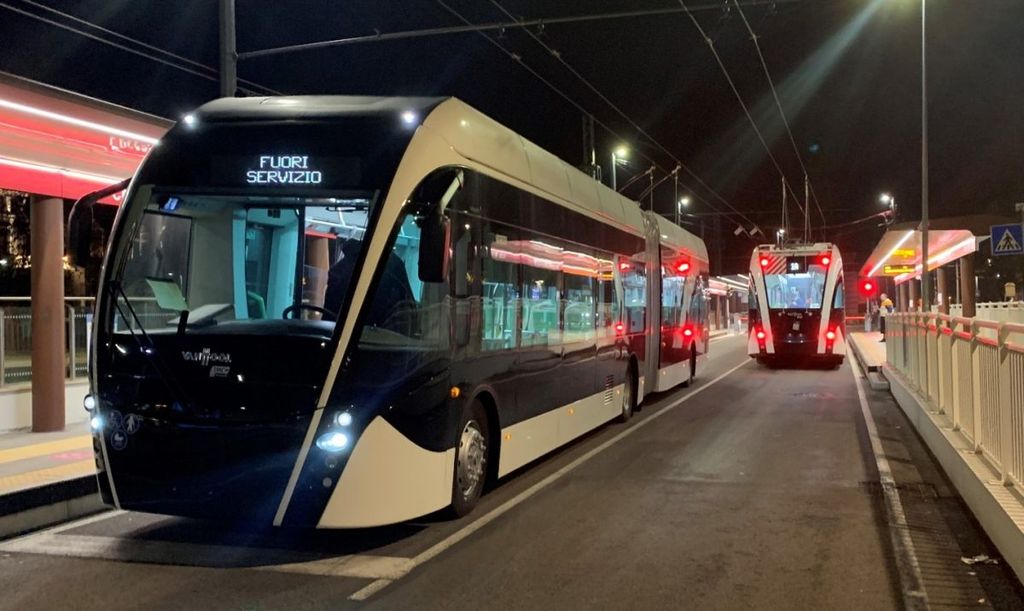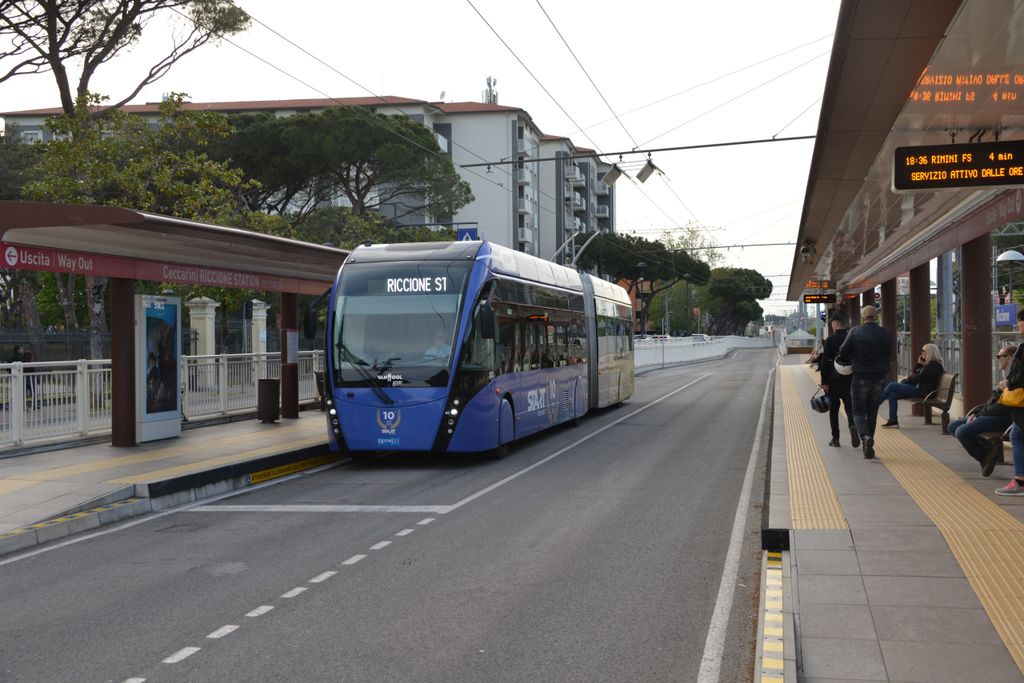
How in motion charging trolleybuses are advancing our cities: Explore the Knowledge Brief
The opportunities of IMC technology
Welcome to a new era of flexible, high-capacity public transport.
A staple of the bus sector, trolleybuses operate in about 300 cities across the globe – and have done so for the past 130 years. Moving forward, the sector has a bright future thanks to in motion charging (IMC). That’s the topic of our new Knowledge Brief: Wires becoming charging infrastructure for in motion charging.
IMC trolleybuses are electric buses that can charge dynamically via an overhead contact network and can run on batteries for up to half of their route. As a result, IMC trolleybuses have minimal battery size and weight, while their daily range is practically unlimited. Lighter vehicles, in turn, lead to better performance, less wear and tear, and reduce operational, environmental, and geopolitical costs and risks.
Reaching zero-emissions goals can happen much faster in cities deploying IMC technology, since IMC buses scale very well. In fact, IMC buses’ peak energy demand is lower than that of other types of electric buses, and they have the highest utilisation rate of charging infrastructure.
Highlights from the Knowledge Brief:
All you need to know about IMC trolleybuses
This Knowledge Brief aims to show cities how their existing trolleybus technology can be advanced with emerging IMC technology to ensure the application of efficient, functional, trouble-free solutions proven in large-scale, real-life operational contexts.
exclusive resources

